Click to view our Accessibility Statement or contact us with accessibility-related questions






PRODUCTS YOU MAY LIKE
Trending Posts in Audiophile

TheDuffer
Right ear keeps cutting out
So I have a PC38x headset that I bought a few years back. I moved away from home for work, and left the headset there with my gaming PC. I used it maybe 2 or 3 times before I left, and it always had the problem of it cutting out in my right ear phone. It makes like a crackling noise like something is loose, and then cuts out the audio entirely. Sometimes it works for a few minutes, but inevitably cuts out on the right side again. I am wondering if there is a fix? Or could I be shipped a new one?
Jan 6, 2025
Frankbarone1
Please suggest headphones for me.
Please someone here help buy a headphone for my use case- listen mostly Indian music ( old and new Bollywood songs ) . play them on my iPhone. So need to be wireless. must be light and comfortable for small ears and 3-4 hours of listening. noise canceling is not important. budget is around $150. i am not audiophile by any means and do not understand much of the jargon. Just want something that sounds good and is comfortable on my ears while I work from home. thank you all.
Jan 3, 2025

Hauntednsk
E-MU Teak Repair - Any Experience?
Hello, I am wondering if anybody has any experience contacting E-MU support, sending them headphones for repair, or getting them back fixed. Can anybody share any experience? I have been emailing them for a while now, but nobody has responded. Thank you.
Dec 29, 2024

murphdc
pc38x still has audio coming through with the volume dial turned all the way down
Finally got my hands on the pc38x. I mostly wanted to try this headset because of all the good things i heard about it. Out of the box i wasn’t really impressed. My 50 dollar astros were just as loud if not louder. After setting up an EQ on dolby access i got them sounding a little better. But one thing that really bothers me is the volume dial on the headset. When i turn it all the way down there’s so much audio still coming through, like the headset is turned up 10-20%. Is this normal?
Dec 28, 2024

MrChiSox
My little room work in progress.
It's not done, I apologize for the mess. Health issues have put this on hold. It's a small room and I'm likely to sell off my KEF 104.2 loudspeakers and some other gear after surrendering the living room to my wife after her patience of 35 years. She deserved her own little sanctuary.
Dec 26, 2024
magica
What lead/cable do i need?
i own a Drop + EPOS PC38X Gaming Headset and i need a new cable that connects the headset to the computer. i dont know what its called and i cant work out what to look for on amazon etc. could someone please help me with this
Dec 21, 2024

MrChiSox
New addition to the stable.
I made the decision to take advantage of the $600. price on the HiFiMan Arya Stealth, here pictured with the Meze 109 Pro. I think 2025 is going to be a really uneventful year so far as new purchases. I've also upgraded my Fiio BTR7 to the newly released BTR17 and I purchased the Earmen stack which consists of Amplifier, Linear PS, DAC & Streamer.
Dec 19, 2024
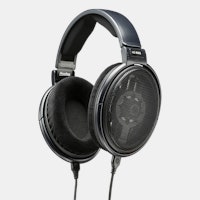
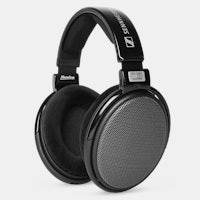
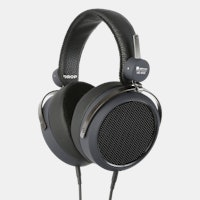
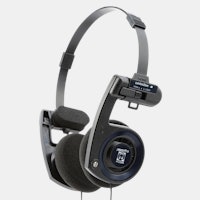
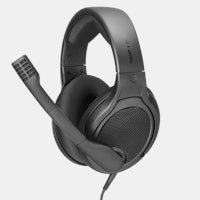
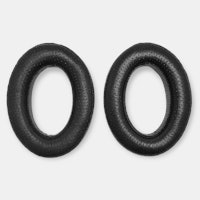
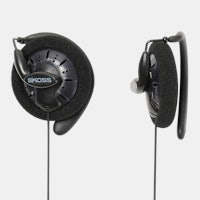
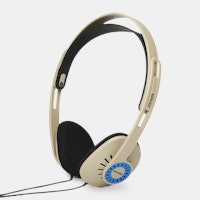
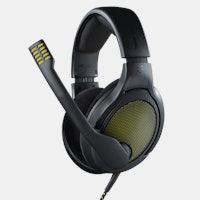
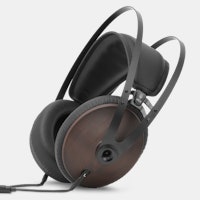


- Well built
- Sturdily clicks into the USB-C port
- Unpretentious packaging and carry case
Cons:- Tops out at 24/96
- Output could be better
- Output impedance seems to be fairly high, affecting balanced armature IEM performance (Drop Plus, NuForce EDC3, Etymotic, Shure, Noble)
That last point was a real deal-breaker for me - output impedance is arguably the most important (and definitely among the most important) specs that something that may be used with IEMs can have, as it can drastically impact the performance of balanced armature IEMs. I could not find the output impedance of this device anywhere in the listing, and to my ears it is likely over 2-3 ohms. The "golden rule" says that impedance should be no more than 1/8th of the impedance of the unit. If this unit imparts >2-3 ohms of output impedance, anything with less than 16-24 ohms will be audibly impacted. Most BA IEMs specify the impedance at 1kHz, but unlike dynamic drivers, the impedance of BA IEMs isn't remotely linear. In fact, particularly with multi-driver units, the impedance looks like a crazy squiggly line, with parts of the curve going down to the low single digits. The Shure SE846 has an impedance of 5 ohms at 5kHz, 8 ohms at 10kHz, and 16 ohms at 100Hz. The Final Audio Heaven II has an impedance of 17 to 20 ohms all the way to 3kHz, but then it shoots up to 50 ohms at 10kHz. If a devices output impedance is greater than 1/8th of the lowest possible impedance, you'll start to hear those frequency ranges become impacted: the SE846 will have this odd lower-treble suck-out, and the Heaven II will sound like an ice-pick to the ear. The Campfire Andromeda sounds like a freakin' laptop speaker if the output impedance of what it's plugged into isn't approaching zero. I used the Alpha & Delta with a Drop Plus IEM and an Etymotic ER-4XR - two exceptional BA IEMs that aren't in flagship territory. What's great about these two BA IEMs is that the sound signature doesn't become unusable if the output impedance is too high, although the impact is indeed audible. Plugging those to sets into the A&D, the Plus became appreciably warm and perhaps a little too muted on the top end, and the ER-4XR became somewhat leaner than usual (with the ER-4XR having an impedance of 42 ohms up to 1kHz, the A&R's OI could even be 6-7 ohms). There is absolutely no detriment to having an output impedance of 0.5 ohms or lower on a portable listening device, and I don't know why companies release products that have anything above it. While the perceptible differences between 24/96 and 24/192 can be discussed till the cows come home, many similarly-priced alternatives to the A&D have access to the full 24/192, and that's slightly disappointing. Not a big deal in a practical sense, but worth pointing out. I also felt that the A&D had about as much volume on tap as any old phone with a headphone jack - not particularly lacking, but not particularly copious either. While I was perfectly happy with the A&D, how my Plus and ER-4XR reacted to it had me pull the trigger on an Hidizs S3. My freaking god. While I'm not positive what the output impedance is on the S3, my Drop Plus sang like it does when plugged into my Chord Mojo. Incredible. The ER4-XR did not have a hint of leanness. The S3 also had 4 or 5 "extra clicks" of power in reserve as well. The A&D was built better than the S3 however - in particular, the A&D clicked nicely into my phone's USB-C port, whereas the S3's a little wobbly. The cable and both jacks seem much sturdier on the A&D than they do on the S3. Other than build quality, the S3 smokes the A&D in every way, and it's not even close. How, the A&D is $25 plus whatever the shipping charge is, plus a considerable wait. The Hidizs (what a stupid name) S3 is currently $45 with a coupon and Amazon Prime shipping. I'd say for the extra $20, you'd be nuts not to go for the Hidizs S3. That said, the extra $20 is about twice the price of the A&D, so it's a considerable jump in price if you look at it like that. Is the Hidizs S3 worth twice as much as the Alpha & Delta Type-C adapter? I'd say yes. But you get what you pay for in either case. This may come across as an overly negative review and/or an add for the S3, but a lot of my complaints are about industry practices as a whole and not the A&D in particular. For $25, you're going to get a decently performing USB-C mini-DAC that's well built. If you're willing to double your investment, you're going to be able to get something exceptional. Do with that what you will.